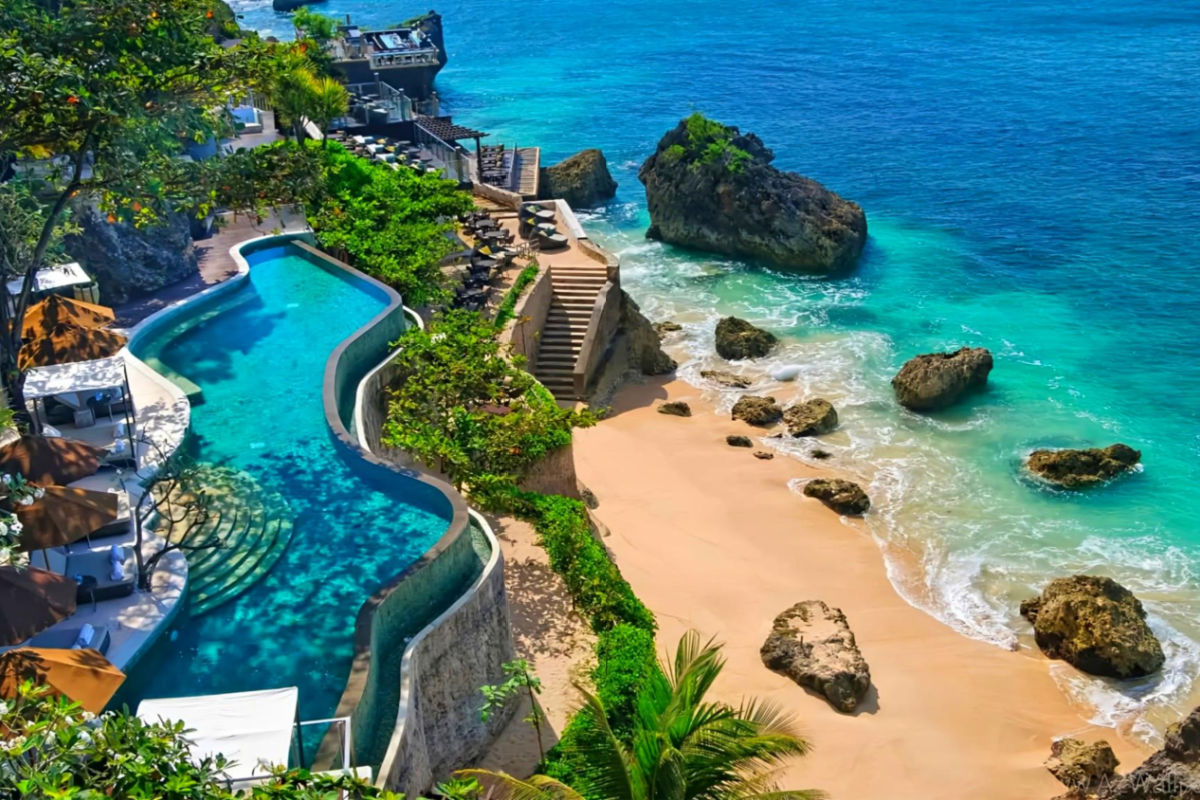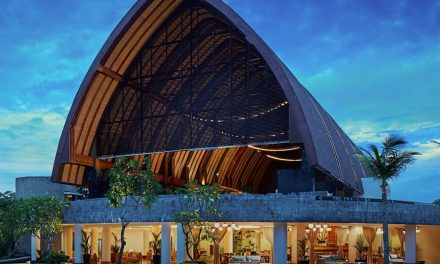Recently, Bali has found itself at the center of a heated discussion following remarks made by Indonesia’s new President, Prabowo Subianto. His vision for the island as a new Singapore or Hong Kong has raised eyebrows and sparked concern among local leaders and residents alike, especially with the North Bali International Airport project underway.

The Presidential Vision for Bali
During his election campaign, President Subianto made a visit to Buleleng Regency, where he promised local residents he would champion the North Bali International Airport project. His ambition was clear: to position Bali as a key player on the Southeast Asian stage, comparable to economic powerhouses like Singapore and Hong Kong. In his own words, he stated, “We will make Bali the new Singapore and Hong Kong, where we will be the center of this region.”
Concerns from Local Leaders
However, not everyone is on board with this grand plan. Local leaders, including Putu Anom from Udayana University, have voiced deep concerns about the implications of transforming Bali to mimic urban landscapes like Singapore or Hong Kong. “It doesn’t have to be the same as Singapore or Hong Kong. Those are city-states saturated with skyscrapers,” he argues. “We should focus on what makes Bali unique rather than cramming it into a mold that doesn’t fit.”
The Unique Balinese Identity
Anom emphasizes that unlike Singapore, Bali’s strength lies in its rich cultural and natural heritage. “Bali is different. We have culture, nature, and that’s irreplaceable,” he added. “Singapore has nothing in comparison; it’s just a city without the charm of nature and local traditions.”
Long-term Impact and Sustainable Development
While Anom doesn’t outright dismiss the airport project, he stresses the need for careful planning and consideration of the long-term effects on the island’s land, culture, and communities. He believes the focus should extend beyond tourism alone, urging locals to diversify their businesses and incorporate sustainable practices.
“Tourism is important, but we must also explore other sectors like farming, crafts, and fisheries,” he suggests. This perspective resonates with many residents who fear that unchecked tourism could lead to detrimental environmental impacts, discouraging repeat visits from travelers.
As the proposal for North Bali International Airport hangs in the balance, it remains to be seen whether the vision put forth by President Subianto can effectively align with the values and wishes of the Balinese people.
What’s Next for Bali?
The project of building a major international airport designed to accommodate millions of passengers is ambitious, especially in a region known for its unique beauty. With plans for two parallel runways and extensive developments like aerocities and lifestyle centers, it presents a complex challenge of balancing growth while preserving what makes Bali, well, Bali.
As we navigate this dialogue between aspiration and preservation, let’s hope that the voices of locals, with their deep understanding of the island’s identity, shape the future of Bali in a way that honors both its past and its potential.
In the coming months and years, let’s keep a close eye on how Bali navigates this critical juncture—one that could redefine its identity and future for generations to come.






